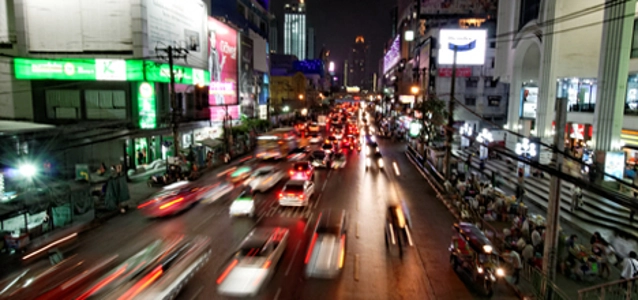
© serban enache dreamstime.com
PCB |
Competition rises in Indonesian automotive industry
Competition in Indonesia’s automotive industry continues to heat up as the vehicle ownership in the country is forecasted to grow 51% by 2020.
Today, about 4% of Indonesia’s population owns a car. 50% of the 240 million population is under 29 years old.
These facts plus the rapidly emerging middle class signal a huge growth scenario for the automotive industry, a business segment CML was analyzing during a visit this March 2015.
Vehicle ownership is forecasted to grow 51% by 2020 reaching over 7%. For the same period, German’s vehicle ownership is expected to increase only 2%. With 90% market share, Japanese car manufacturer dominate the automotive market in Indonesia. They localised and adapted to consumer needs early and are experts in knowing and learning what consumer really want.
However, the fight for market share here is so tough that one manufacturer now decided to cease production in the country.
Today SUV’s (sport-utility vehicles) and MPV’s (multi-purpose vehicles) are the new success stories in Indonesia.
Car manufacturer here are mainly organized by grouping companies together for joined sales activities.
For example:
- Astra Group: Toyota, Daihatsu, Isuzu, Peugeot, BMW and Lexus
- Indomobil: Nissan, Suzuki, Audi, VW
- Krama Yudha: Mitsubishi



